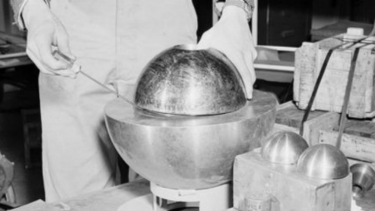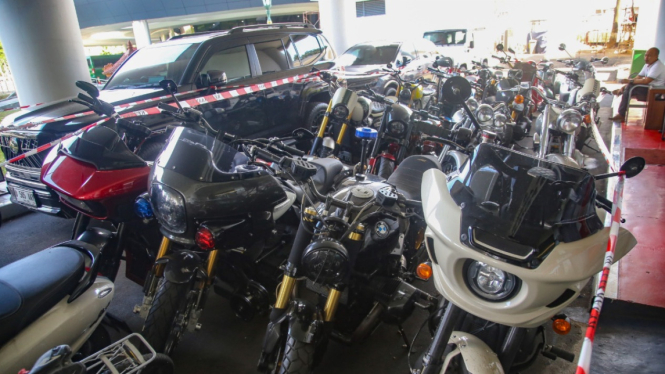Many Scientists Become Victims in the Demon Core
- Laboratorium Nasional Los Alamos
VIVA – It was August 13, 1945, and the 'demon core' was poised, waiting to be unleashed onto a stunned Japan still reeling in fresh chaos from the deadliest attacks anyone had ever seen. These were the first and only nuclear bombs ever used in warfare, claiming as many as 200,000 lives.
After Nagasaki proved Hiroshima was no fluke, Japan promptly surrendered on August 15, with Japanese radio broadcasting a recorded speech of Emperor Hirohito conceding to the Allies' demands.
As it turns out, this was the first time the Japanese public at large had ever heard one of their emperors' voices, but for scientists at the Los Alamos Laboratory in New Mexico or Project Y, the event had a more pressing significance.
This meant that the functional heart of the third atomic bomb they had been working on, a 6.2-kilogram (13.7-pound) ball of pure plutonium and gallium, was no longer needed for the war effort. If the conflict still raged, as it did for nearly five consecutive years, this plutonium core would be attached to a second Fat Man assembly and detonated over another Japanese city.
Ilustrasi Bom Hiroshima Nagasaki. Sumber : shutterstock
- vstory
The Los Alamos device, currently known by the code name 'Rufus' will be stored at the facility for further testing. During these tests, the remaining nukes were eventually discovered to be demon nuclei, as quoted from the Science Alert, on Friday, December 30, 2022.
The first accident occurred less than a week after Japan surrendered and just two days after the demon core bombing date was canceled.
The mission may never have been launched, but the demon core, stranded at Los Alamos, still has a chance to kill.
Los Alamos scientists knew the risks when they experimented with a device to measure the container at which plutonium would become supercritical, the point at which a nuclear chain reaction would unleash a deadly burst of radiation.
Alamos knew the risks when they experimented with a device to measure the threshold at which plutonium would become supercritical, the point at which a nuclear chain reaction would unleash an explosion. The trick the scientists at the Manhattan Project pulled off was to discover how far humans could go before the dangerous reaction spread.
Manhattan’s mission is to discover how far humans can go before the dangerous reaction spreads. They even had informal nicknames for the high-risk experiments, which deadened the danger of what they were doing.
They chanted 'tickle the dragon's tail', knowing that if they were unlucky enough to wake the angry beast, they would be scorched. high-risk, which signaled the danger of what they were doing.
And that's exactly what happened to Los Alamos physicist Harry Daghlian. On the night of August 21, 1945, Daghlian returned to the lab after dinner, to tickle the dragon's tail alone, with no other scientists (just a security guard) around, which was a breach of safety protocols.
As Daghlian worked, he surrounded the plutonium sphere with bricks made of tungsten carbide, which reflected neutrons shed by the core back at it, edging it closer to criticality.
Brick by brick, Daghlian built up these reflective walls around the core, until his neutron-monitoring equipment indicated the plutonium was about to go supercritical if he placed any more. He moved to pull one of the bricks away, but in doing so accidentally dropped it directly onto the top of the sphere, inducing supercritical and generating a glow of blue light and a wave of heat.
Daghlian reached out immediately and removed the brick, noticing a tingling sensation in his hand as he did so. Unfortunately, it was already too late.
In that brief instant, he had received a lethal dose of radiation. His burnt, irradiated hand blistered over, and he eventually fell into a coma after weeks of nausea and pain. He was dead just 25 days after the accident. The security guard on duty also received a non-lethal dose of radiation.
But the demon core was not yet finished. Despite a review of safety procedures after Daghlian's death, any changes made weren't enough to prevent a similar accident from occurring the following year.





















